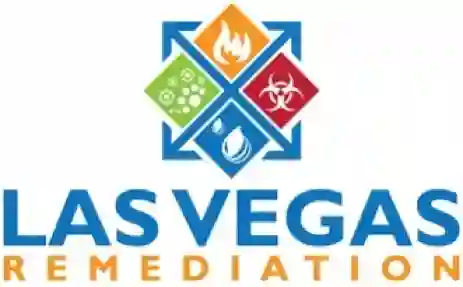Disasters can strike unexpectedly, leaving homeowners with the daunting task of cleanup and recovery. Being prepared can significantly ease this process and help reduce stress. In this guide, we’ll discuss essential steps homeowners can take to prepare effectively for disaster cleanup.
Identify Potential Hazards in Your Area
Understanding what types of disasters are most likely to occur in your area is the first step in preparation. Research common natural disasters such as floods, hurricanes, earthquakes, or fires, and assess how they might impact your home.
In areas prone to flooding, it’s crucial to understand the local geography, including floodplains and potential dam failures. Knowing your flood risk can help you take proactive measures, such as installing sump pumps or using water-resistant materials for home improvements.
Fire-prone regions should focus on creating defensible spaces around homes. Removing excess vegetation and using fire-resistant building materials can help mitigate fire damage. Consult local resources for wildfire preparedness tips and updates.
Earthquake preparedness requires securing heavy furniture and appliances to walls, as well as having a plan in place for when an earthquake strikes. Understanding seismic zones in your area will also guide you in strengthening vulnerable areas of your home.
Create a Comprehensive Cleanup Plan
Develop a step-by-step plan for how you will tackle cleanup after a disaster. This includes identifying who will be responsible for various tasks, and setting priorities for what needs to be addressed first.
A structured cleanup plan ensures that nothing important is overlooked. Start by assessing the level of damage once it’s safe to do so. Listing out tasks like water drainage, debris removal, and sanitization helps you stay organized.
Consider using professional disaster cleanup services like Las Vegas Remediation Pros for complex or large-scale scenarios. Their expertise can ensure that issues such as mold growth are addressed thoroughly.
Assemble Essential Cleanup Supplies
Stock up on necessary supplies such as gloves, trash bags, cleaning products, and tools. Having these items ready can prevent delays and enable a more efficient cleanup process.
Essential supplies should also include protective gear like masks and goggles, especially when dealing with contaminants or mold. Keeping cleaning solutions and disinfectants on hand will help maintain safety and hygiene during cleanup.
Invest in durable tools for heavy lifting and sorting through debris. Simple additions like plastic sheeting and duct tape can serve multiple purposes during emergency repairs.
For larger areas, consider renting equipment such as industrial fans for drying or heavy-duty vacuums to handle water extraction.
Know How to Access Important Resources
Ensure you have contact information for local emergency services, insurance companies, and community resources. Knowing who to call and where to turn for help can make recovery smoother.
Stay informed about the agencies that provide aid—FEMA, the American Red Cross, and local non-profit organizations often extend supportive services, from temporary shelter to food distribution.
Understanding insurance policies is key to accessing your benefits during recovery. Knowing your coverage details and having digital copies of documents can expedite claims and aid processing.
Contact professional restoration services like Las Vegas Remediation Pros when faced with severe damage. They provide swift service, helping to minimize further loss and facilitate efficient recovery.
Stay Informed and Adaptable
Stay updated on weather forecasts and alerts to make quick decisions if a disaster is imminent. Being adaptable to changing situations helps ensure safety and effective cleanup.
Utilize mobile apps from official weather agencies and subscribe to local alerts to keep track of developing situations. These resources provide timely updates to keep you informed of any changes or potential threats.
Building adaptability into your cleanup plan helps improve your reaction to unforeseen circumstances. Practice different scenarios with your family to ensure everyone knows their roles and responsibilities.
Remember, the recovery journey may not be linear. Utilizing community support networks and staying resilient in the face of adversity can make your disaster cleanup more manageable.
Final Thoughts on Preparing for Disaster Cleanup
Being prepared for disaster cleanup can make a world of difference in how efficiently and smoothly the recovery process goes. By understanding potential risks, creating a plan, gathering the necessary supplies, and staying informed, homeowners can face disaster cleanup with confidence and resilience.


